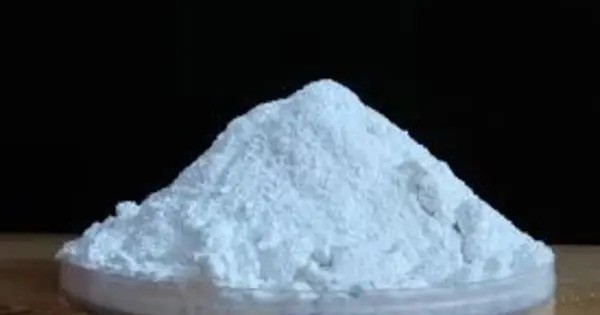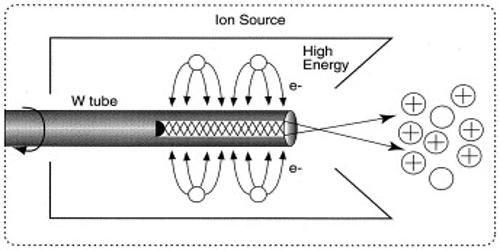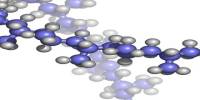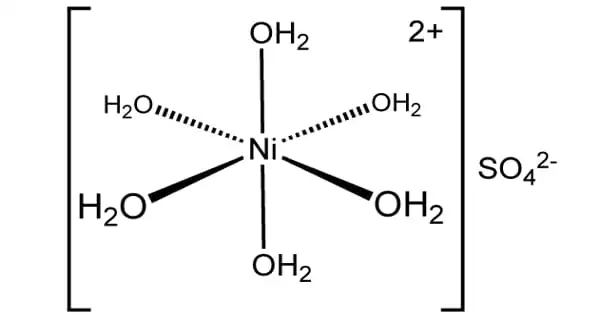Niobium pentoxide is the inorganic compound with the formula Nb2O5. A colorless, insoluble, and fairly unreactive solid, it is the most widespread precursor for other compounds and materials containing niobium. It is a white, odorless powder that is generally used in various industrial applications. It is predominantly used in alloying, with other specialized applications in capacitors, optical glasses, and the production of lithium niobate.
Properties
It has a high melting point and is chemically stable. It is also an excellent dielectric material, making it useful in electronic components.
- Chemical formula: Nb2O5
- Molar mass: 265.81 g/mol
- Appearance: white orthogonal solid
- Density: 4.60 g/cm3
- Melting point: 1,512 °C (2,754 °F; 1,785 K)
- Solubility in water: insoluble
- Solubility: soluble in HF
Structure
It has many polymorphic forms all based largely on octahedrally coordinated niobium atoms. The polymorphs are identified with a variety of prefixes. The form most commonly encountered is monoclinic H-Nb2O5, which has a complex structure with a unit cell containing 28 niobium atoms and 70 oxygen, where 27 of the niobium atoms are octahedrally coordinated and one tetrahedrally. There is an uncharacterised solid hydrate, Nb2O5·nH2O, the so-called niobic acid (previously called columbic acid), which can be prepared by hydrolysis of a basic solution of niobium pentachloride or Nb2O5 dissolved in HF.
Preparation
Niobium pentoxide is typically produced by the oxidation of niobium metal or by processing niobium-containing minerals.
Uses
Niobium pentoxide is used mainly in the production of niobium metal, but specialized applications exist in the production of optical glasses and lithium niobate.
- Electronics: Niobium pentoxide is used in the manufacture of capacitors and other electronic components due to its dielectric properties.
- Catalysts: It can act as a catalyst in various chemical reactions, including those in petrochemical industries.
- Ceramics: It is used in the production of certain types of advanced ceramics.
Safety
As with many chemical compounds, proper safety precautions should be observed when handling niobium pentoxide to avoid inhalation or contact with skin and eyes.
















